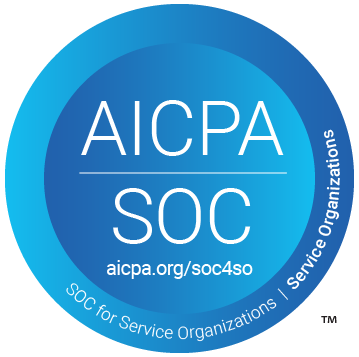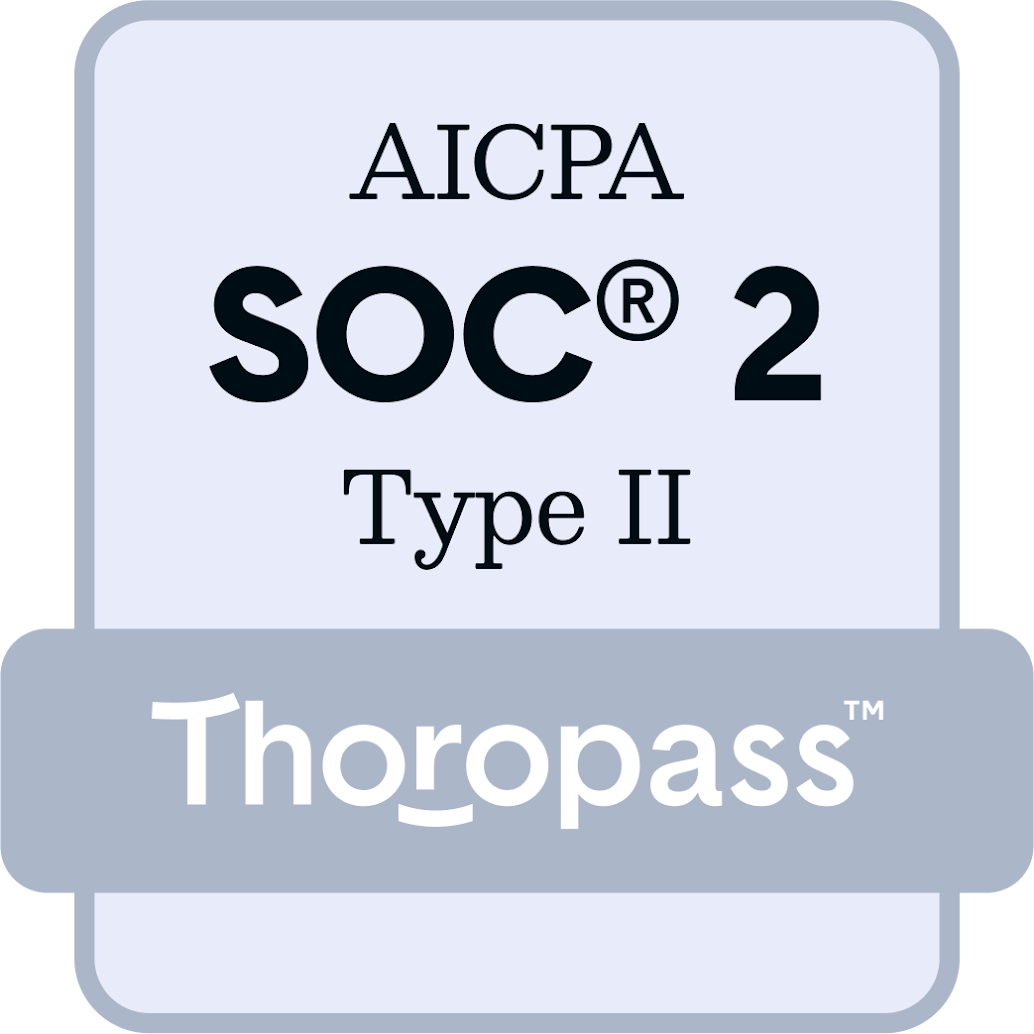Tracking Peer Group Criteria Across the Largest U.S. Companies
August 1, 2025
Joyce Chen

Peer group selection is foundational when establishing fair and competitive pay programs, as it provides a market-based framework for developing executive compensation levels and structures. A well-defined and strategically selected peer group is more than a benchmarking tool. It is a cornerstone of sound compensation governance, offering valuable insight to shareholders and other stakeholders into how compensation decisions are made.
While companies retain discretion in how they construct their peer groups, this discretion is increasingly scrutinized to prevent potential manipulation. Concerns arise when companies include significantly larger or higher-paying peers to justify elevated executive compensation. As a result, transparency around peer group rationale and methodology has become an expectation, not just a best practice. The following analysis studies trends in peer group disclosures among Equilar 500 companies in 2024 and sheds light on how these organizations are approaching peer selection.
Overall, the most common number of peer group criteria was five, used by 25% of companies. Additionally, only 8% disclosed seven or more criteria.
Figure 1: Count of Disclosed Peer Group Criteria (Equilar 500)
|
Percentage of Companies |
| 0 |
2.0 |
| 1 |
4.2 |
| 2 |
8.0 |
| 3 |
14.6 |
| 4 |
21.0 |
| 5 |
25.0 |
| 6 |
17.2 |
| 7 |
6.2 |
| 8 |
1.8 |
Industry is the most commonly used peer group criterion across the Equilar 500, selected by nearly 90% of companies. It is followed by revenue, talent and market capitalization, each used by at least 66% of companies. Prioritizing industry as a primary criterion helps ensure that peer groups consist of companies operating under similar market conditions and competitive pressures. This approach becomes especially important during times of economic volatility, when the impact of market shifts can vary significantly across industries.
Figure 2: Peer Group Criteria (Equilar 500)
| Criteria |
Percentage of Companies |
| Industry | 88.4 |
| Revenue | 80.2 |
| Talent | 72.6 |
| Market Cap | 66.6 |
| Business Model | 33.4 |
| Competitors | 31.6 |
| Geography | 22.4 |
| Assets | 16.8 |
| Employees | 15.6 |
| Profitability | 6.2 |
Following a similar trend, industry was also the most used peer group criteria at nine of the 11 sectors examined in this study. Revenue ranked as the second most frequently used criterion, with 80.2% of Equilar 500 companies including it in their peer group selection process. The metric was also the second most common metric in six of the 11 sectors in the study. As a fundamental measure of a company’s financial scale, revenue remains a strong indicator used to compare financial health across organizations. Business model ranks fifth among peer group criteria, and while it's not as universally applicable as industry or revenue, it plays a key strategic role in enhancing peer group selection through a focus on how a company operates.
Figure 3: Most Used Criteria by Sector
A well-constructed peer group is designed to balance size and relevance, straying away from it being so large that it dilutes the comparability of the group. In this study, the Equilar 500 peer group sizes are most commonly between 16 to 18 companies, with 29.6% of companies selecting this range. The next most common peer group sizes were between 13 to 15 companies, used by 21.6% companies. While uncommon, 10.4% of companies disclosed a peer group featuring 22 or more companies. On the other hand, 13.6% of companies have one to 12 companies, while 6% of companies do not have a peer group.
Figure 4: Peer Group Size (Equilar 500)
| Peer Group Size |
Percentage of Companies |
| 0 | 6.0 |
| 1–3 | 0.2 |
| 4–6 | 1.0 |
| 7–9 | 4.0 |
| 10–12 | 8.4 |
| 13–15 | 21.6 |
| 16–18 | 29.6 |
| 19–21 | 18.8 |
| 22–24 | 4.4 |
| 25–27 | 2.6 |
| 28–30 | 1.0 |
| 31+ | 2.4 |
Peer group selection has evolved from a routine benchmarking exercise into a critical element of executive compensation strategy and shareholder communication. As scrutiny over compensation practices continues to grow, companies must approach peer group selection with transparency and integrity, ensuring that their choices reflect true comparisons and serve the long-term interest of the organization and its shareholders.
Contact

Joyce Chen
Associate Editor at Equilar
Joyce Chen, Associate Editor at Equilar, authored this post. Grace Huang and Tina Tong, Research Analysts, contributed data and analysis. Please contact Amit Batish, Senior Director of Content & Communications, at abatish@equilar.com for more information on Equilar research and data analysis.
 Solutions
Solutions










